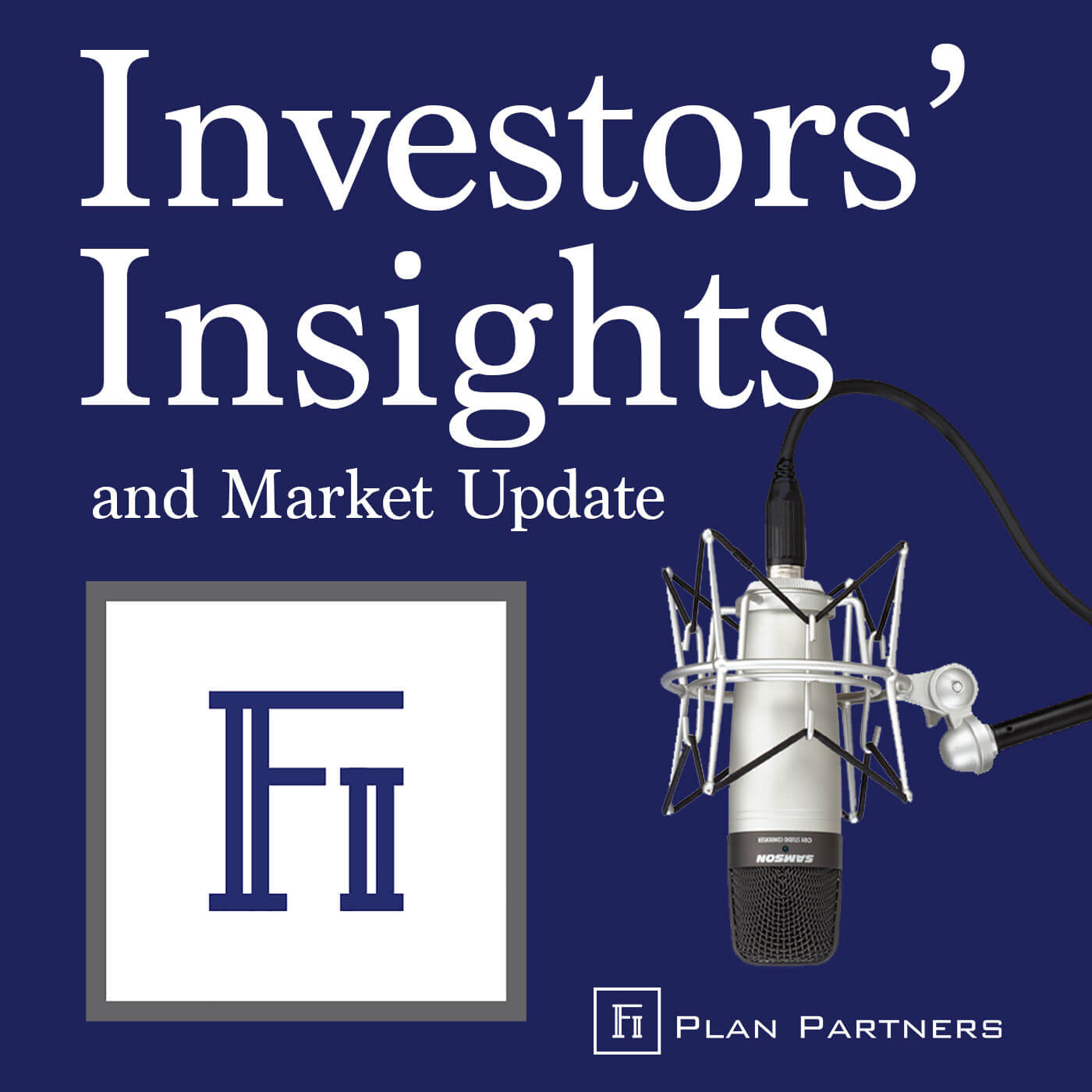- After-Shows
- Alternative
- Animals
- Animation
- Arts
- Astronomy
- Automotive
- Aviation
- Baseball
- Basketball
- Beauty
- Books
- Buddhism
- Business
- Careers
- Chemistry
- Christianity
- Climate
- Comedy
- Commentary
- Courses
- Crafts
- Cricket
- Cryptocurrency
- Culture
- Daily
- Design
- Documentary
- Drama
- Earth
- Education
- Entertainment
- Entrepreneurship
- Family
- Fantasy
- Fashion
- Fiction
- Film
- Fitness
- Food
- Football
- Games
- Garden
- Golf
- Government
- Health
- Hinduism
- History
- Hobbies
- Hockey
- Home
- How-To
- Improv
- Interviews
- Investing
- Islam
- Journals
- Judaism
- Kids
- Language
- Learning
- Leisure
- Life
- Management
- Manga
- Marketing
- Mathematics
- Medicine
- Mental
- Music
- Natural
- Nature
- News
- Non-Profit
- Nutrition
- Parenting
- Performing
- Personal
- Pets
- Philosophy
- Physics
- Places
- Politics
- Relationships
- Religion
- Reviews
- Role-Playing
- Rugby
- Running
- Science
- Self-Improvement
- Sexuality
- Soccer
- Social
- Society
- Spirituality
- Sports
- Stand-Up
- Stories
- Swimming
- TV
- Tabletop
- Technology
- Tennis
- Travel
- True Crime
- Episode-Games
- Visual
- Volleyball
- Weather
- Wilderness
- Wrestling
- Other
Headline Market Strength vs. Underlying Weakness
Economic Tug of War As investment managers, we look at the good and the bad. Last week in our Memorial Day vlog, we discussed the positives we’re seeing, such as positive leading economic indicators and an improving consumer stress indicator. We also saw a great jobs report as the economy continues to show incredible resiliency. We look at everything as we manage market volatility, and right now, there is a tug-of-war going on. We’re seeing new year-to-date highs when we look at the current technical setup of the S&P 500. That’s great news, but what concerns us about the current rally is that it’s been very concentrated. Only 44% of S&P 500 stocks exceed their 200-day moving average. This says the market breadth could be stronger. Chipmaker stocks, technology, and the S&P 500 were positive in May, but there are several different asset classes and sectors that were in the red, which shows the underlying weakness of the overall market. Another concern that we have is that debt charge-offs on credit cards are increasing. What’s concerning is that we have begun to see a rise in charge-offs before the unemployment rate increases. Charge-offs are headed towards the Covid highs in short order. The next area of concern is with banks. We’ve seen a slight increase in the number of problem banks, which increased to 43. We’re observing banking pressure as past-due real estate loans secured by nonfarm nonresidential properties jumped by 20% to 16.9 billion dollars during the first quarter, which is the highest since the height of the pandemic. So, there is a tug-of-war between the positives of a resilient economy and certain areas’ underlying weaknesses. The Debt Ceiling The debt ceiling was passed and has been something we’ve talked about all year. We were right when we said it would come down on the wire. All the necessary steps have been taken and look to be going into effect, which is overall good news. This would be a debt ceiling suspension until 2025 and let the parties of the following year’s presidential election handle it from there. That’s an important step the government was looking at as opposed to just a temporary suspension. This is a full-time raise, but it will give us at least through the next two years and roughly a trillion dollars of spending cuts over the next ten years. About $200 billion of that will come in the next two years. Student loan repayments will start again in September. This will be a hit to GDP because there is less discretionary spending. The defense did not get cut; that was a big thing fought over, and life science tools did not get cut. The net result of this is, we’re thinking, a bit slower of an economy with less liquidity. Things will be less liquid as the government issues about a trillion dollars of bonds from the economy. How the Treasury General Account and the S&P 500 line up performance-wise will be a little different of an environment moving forward with how the spending cuts are enacted. Overall, this is good news that we got something passed. We will continue to watch how the market adjusts to this news. <br /> <br /> <br /> <br /> Bobby Norman, CFP®, AIF®, CEPA® <br /> Managing Director<br /> Wealth Consultant<br /> Email Bobby Norman here Ty Miller<br /> Associate Vice President<br /> Wealth Consultant<br /> Email Ty Miller here Fi Plan Partners is an independe

